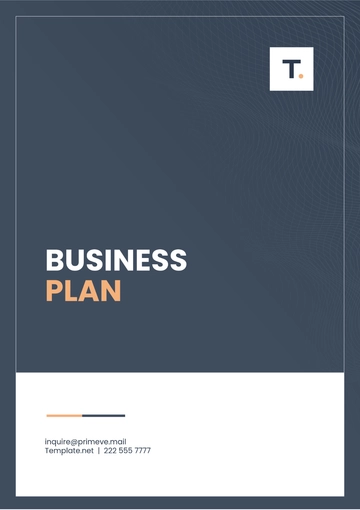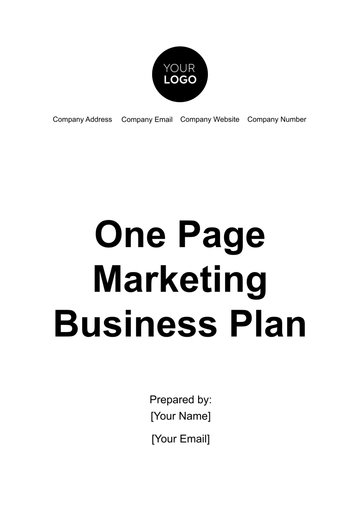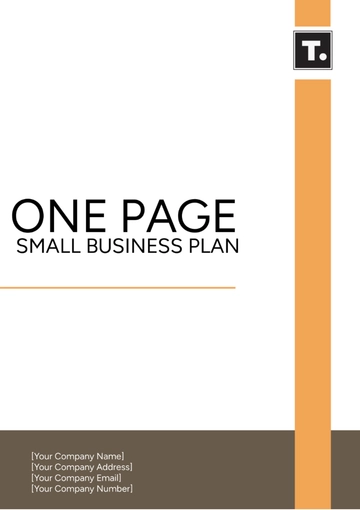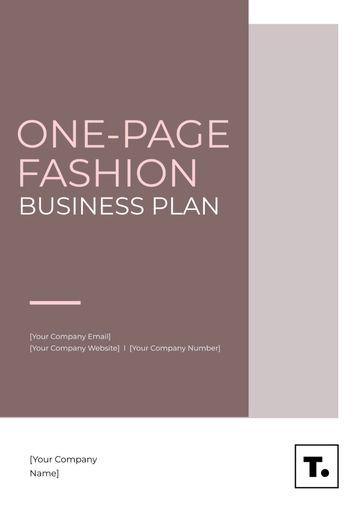Free One-page Fashion Business Plan
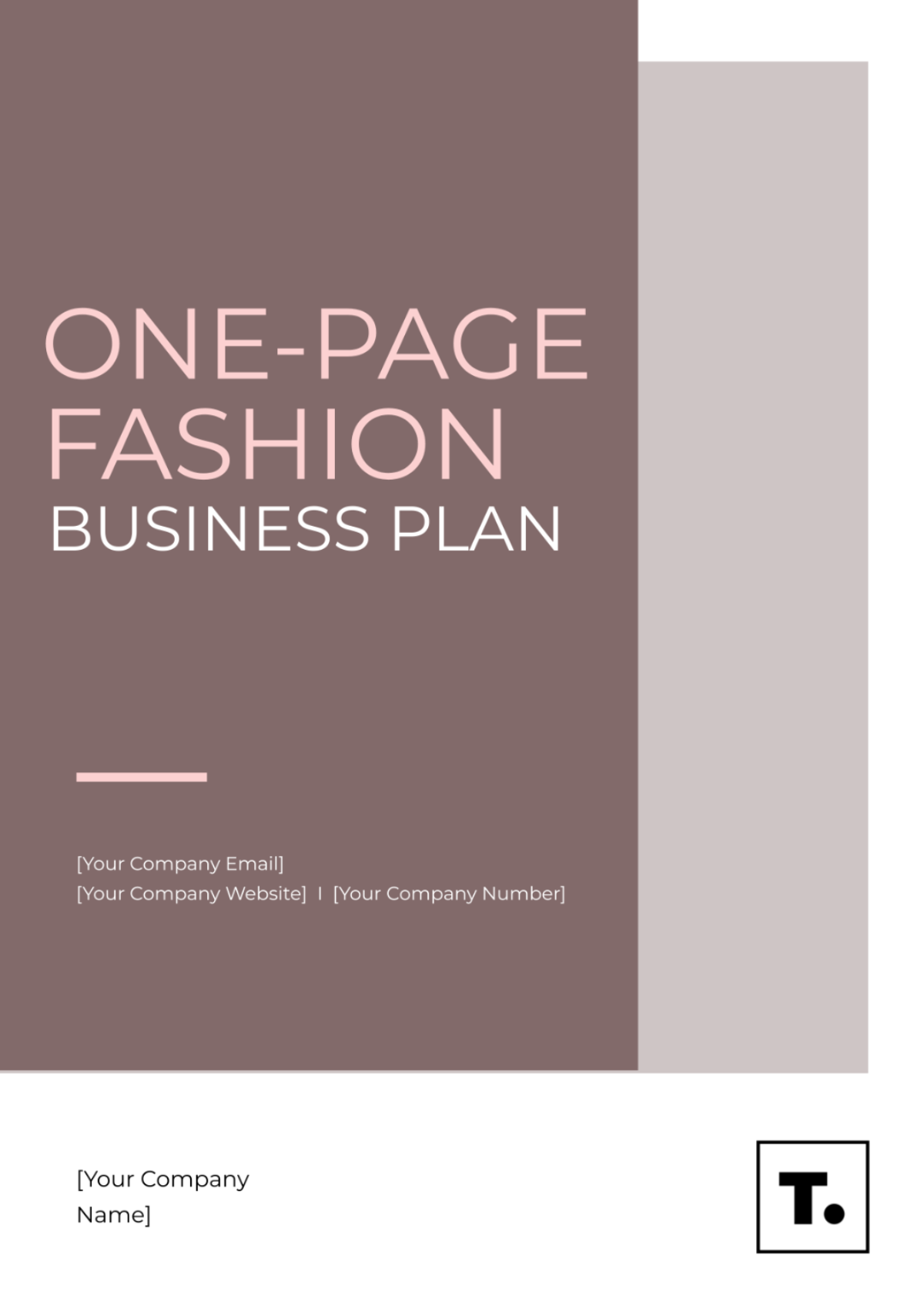
Founder: [YOUR NAME]
Address: [YOUR COMPANY ADDRESS]
Social Media: [YOUR COMPANY SOCIAL MEDIA]
I. Executive Summary
This section provides a concise overview of [YOUR COMPANY NAME], outlining the business's core concept, objectives, and overarching strategy to establish a prominent position within the fashion industry.

II. Business Idea
[YOUR COMPANY NAME] aims to revolutionize sustainable luxury fashion by offering bespoke, eco-friendly clothing made from organic materials. Our unique selling points include custom designs, impeccable craftsmanship, and a commitment to environmental responsibility.
III. Market Analysis
Target Market: Affluent millennials and Gen Z fashion enthusiasts seeking premium, environmentally conscious apparel.
Market Needs: Demand for sustainable fashion, personalized clothing options, and ethical production practices.
Market Size: The sustainable fashion market is projected to reach $12 billion by 2055, with a steady annual growth rate of 8%.
IV. Competitive Analysis
[YOUR COMPANY NAME] faces competition from established luxury brands but distinguishes itself through superior sustainability practices, customizable designs, and a strong online presence.
V. Marketing Strategy
Branding: [YOUR COMPANY NAME] embodies elegance and sustainability, reflected in our minimalist logo, earthy color palette, and chic aesthetics.
Promotion: Social media campaigns, collaborations with eco-conscious influencers, and participation in fashion events.
Pricing Strategy: Premium pricing is justified by superior quality, bespoke options, and ethical production.
Sales Channels: Online store, select retail partnerships, and exclusive pop-up events.
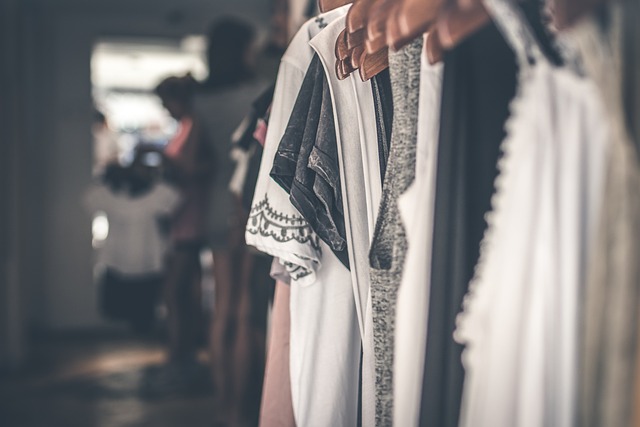
VI. Financial Projections
Startup Costs: $500,000 for production equipment, materials, branding, and initial marketing.
Revenue Streams: Custom clothing sales ($1,000-$5,000 per item), accessories line ($50-$200 per item), and potential partnerships with luxury retailers.
Break-even Analysis: Expected break-even within 18 months of operation.
Funding Requirements: Seeking $1.5 million in initial funding to cover startup costs and initial inventory.

VII. Milestones and Timeline
Launch Date: September 2050.
Key Phases: Product design and sourcing (3 months, $100,000), online store launch and initial marketing (6 months, $200,000), expansion into retail partnerships (12-18 months, $300,000-$500,000).
VIII. Conclusion
[YOUR COMPANY NAME] is poised to disrupt the fashion industry with its blend of luxury, sustainability, and personalization. Our strategic focus on eco-conscious consumers and innovative design will drive growth and success in the years ahead.
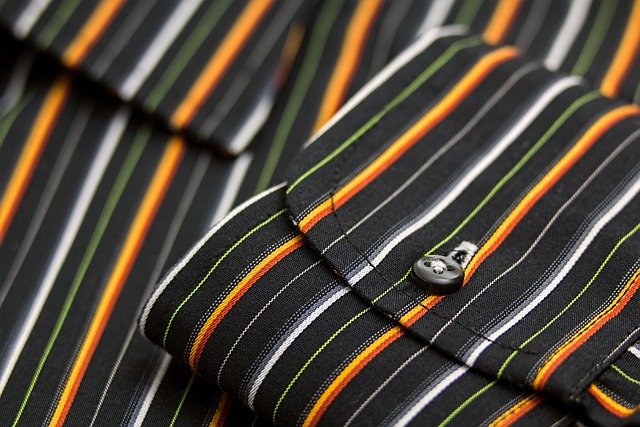
- 100% Customizable, free editor
- Access 1 Million+ Templates, photo’s & graphics
- Download or share as a template
- Click and replace photos, graphics, text, backgrounds
- Resize, crop, AI write & more
- Access advanced editor
Ignite your fashion venture with Template.net's One-page Fashion Business Plan Template. This editable and customizable tool is crafted for budding entrepreneurs to outline their fashion business ideas concisely. Present your vision, market analysis, and strategies in a professional format with ease. Use our AI Editor Tool to personalize your business plan, making it impactful and persuasive for potential investors and stakeholders.
You may also like
- One Page Business Plan
- Coffee Shop Business Plan
- Restaurant Business Plan
- Food Business Plan
- Real Estate Business Plan
- Executive Summary Business Plan
- Cover Page Business Plan
- Nonprofit Business Plan
- Daycare Business Plan
- Construction Business Plan
- Startup Business Plan
- Medical Business Plan
- Bakery Business Plan
- Service Plan
- Hotel Business Plan
- Catering Business Plan
- School Business Plan
- Healthcare Business Plan
- Transportation Plan
- Sports Plan
- Car Wash Business Plan
- Salon Business Plan
- Clothing Business Plan
- Farming Business Plan
- Boutique Plan
